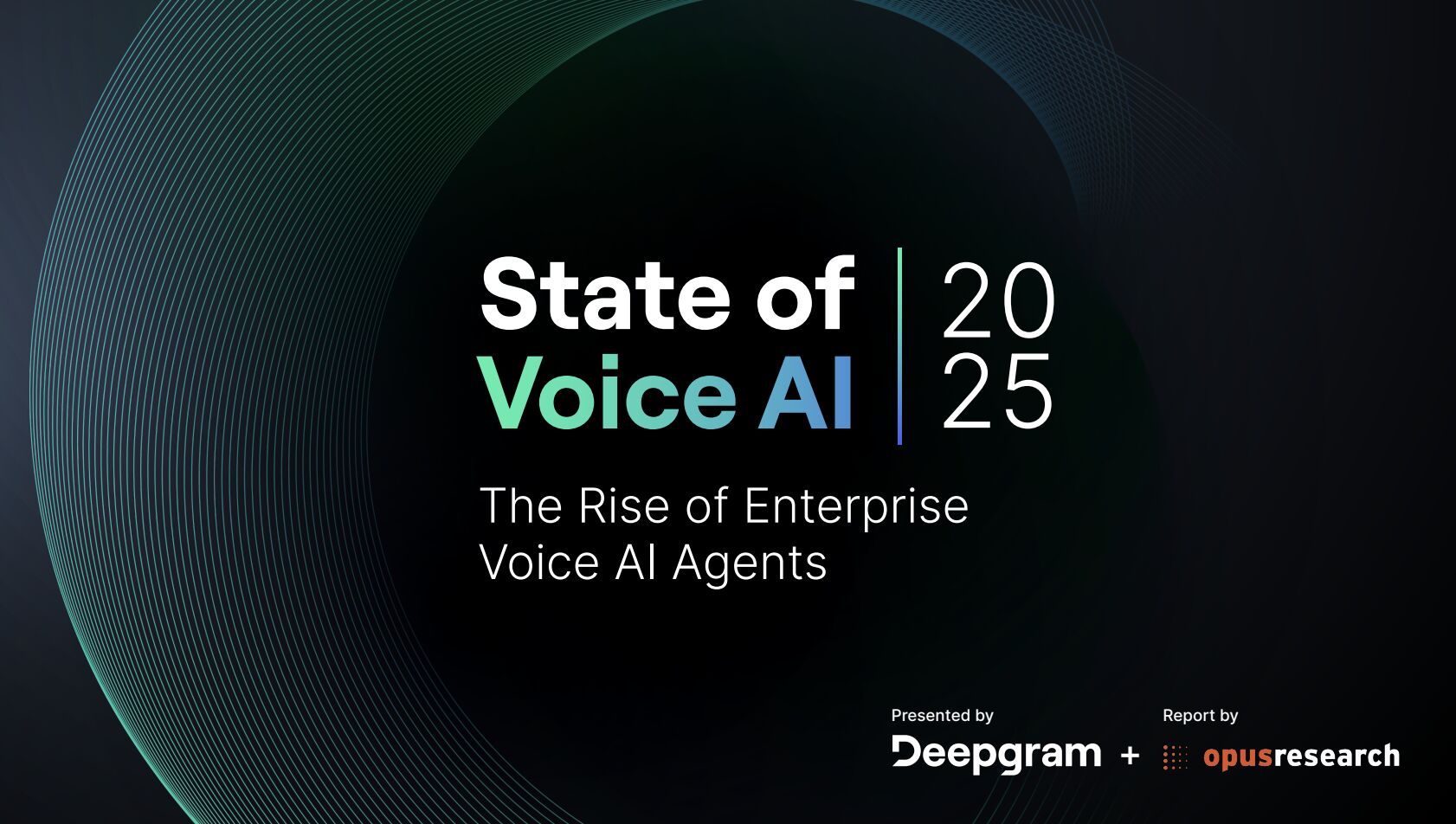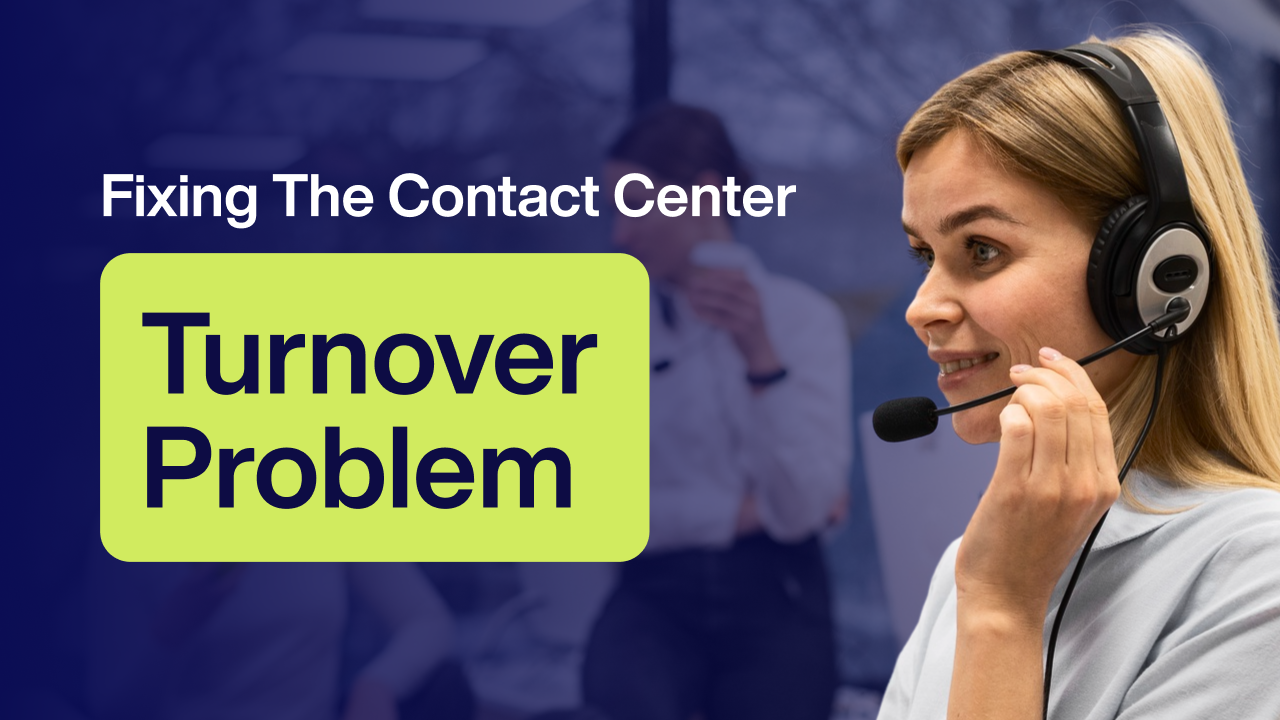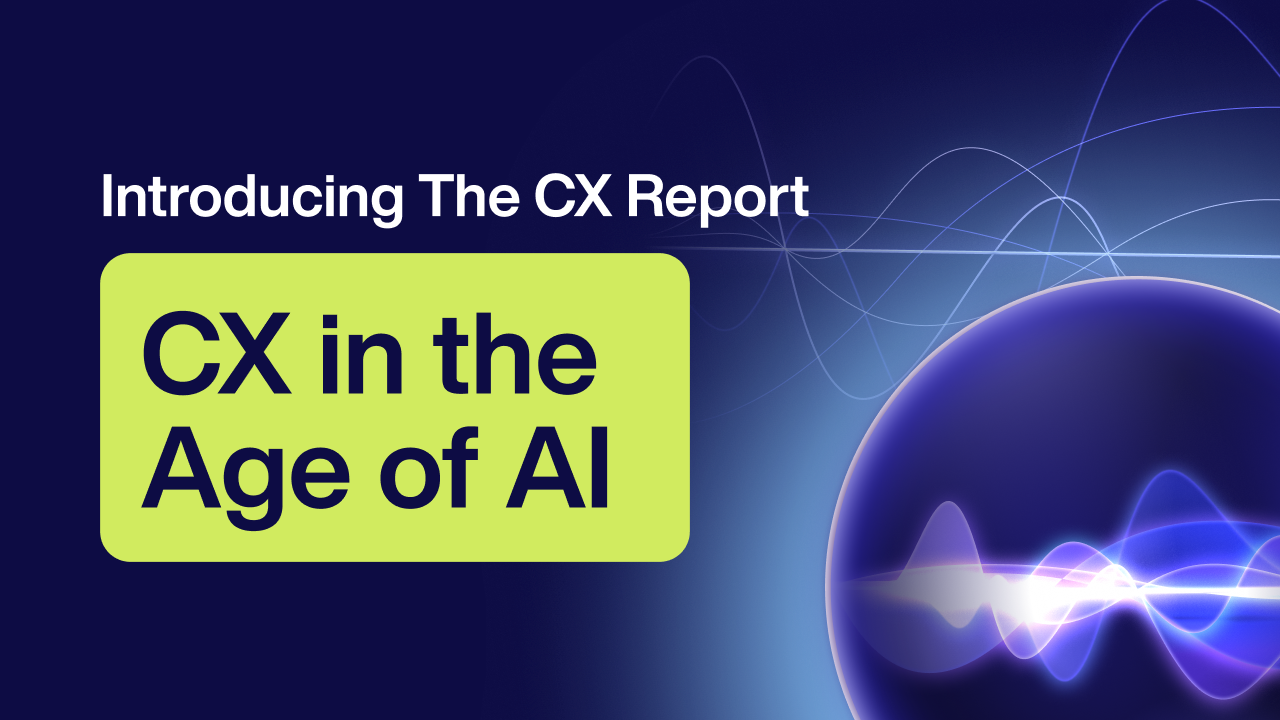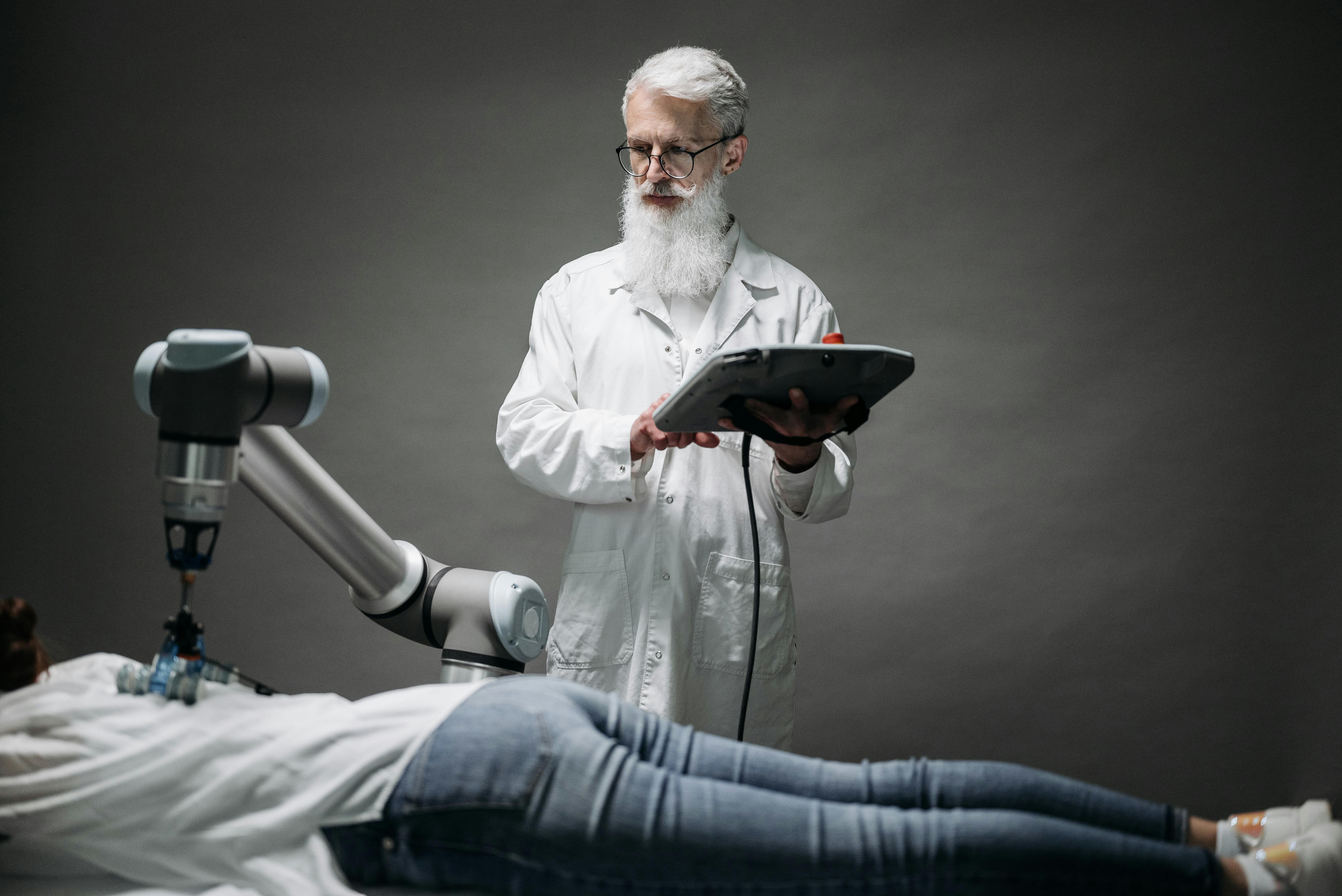How AI Is Transforming Healthcare and Customer Experience

Introduction: Healthcare’s New Challenge
Healthcare today is facing a big challenge. Patients expect faster service, personalized care, and better communication—just like they get from other industries. But the reality is that many healthcare systems are still relying on outdated processes, overworked staff, and disconnected systems.
This creates friction at every step: scheduling appointments, getting test results, managing billing, or even asking simple health questions. These moments shape a patient’s experience—and when they go wrong, they add stress, delay care, and hurt trust.
That’s where artificial intelligence (AI) comes in.
AI tools are helping healthcare organizations work smarter. By automating routine tasks, predicting patient needs, and improving access, AI is turning complex systems into more seamless experiences—for both patients and providers.
According to McKinsey, organizations using AI in healthcare have seen up to 30% increases in operational efficiency and 15–20% improvements in patient satisfaction.
In this blog, we’ll explore how AI is making a real difference in healthcare: streamlining processes, powering smarter tools, and delivering results through real-world case studies.
Smarter Processes: Streamlining the Patient Journey
AI for Scheduling and Triage
One of the most common frustrations in healthcare is booking appointments. Long hold times. Limited options. No visibility into availability.
AI-powered scheduling tools are changing that. These systems can automatically match patients to the right provider based on urgency, location, and history—cutting down on wait times and cancellations.
Example: Northwell Health used an AI tool to improve scheduling and saw a 28% drop in no-shows.
Virtual triage is another area where AI shines. Chatbots guide patients through a series of questions, analyze symptoms, and suggest the right level of care—whether it's a self-care plan, telehealth, or in-person visit. This reduces unnecessary ER visits and helps patients feel more supported.
Automating Administrative Work
AI is also helping behind the scenes. Hospitals and clinics deal with thousands of forms, claims, and billing tasks every day. AI tools can scan documents, verify insurance, and spot errors in real-time—saving hours of manual effort.
One example: Olive, an AI automation platform, helped Banner Health reduce claim denials by 20% by identifying issues before submission.
When administrative burdens are lowered, healthcare staff can spend more time on what really matters—caring for people.
Smarter Tools: Personalizing the Experience
Predictive Analytics in Care
AI isn’t just about automation—it’s also about insight.
Predictive analytics tools use past data to forecast future outcomes. For example, AI can flag patients at risk of hospital readmission or those likely to miss medications. With this information, care teams can step in early and make sure patients stay on track.
Geisinger Health used AI to reduce readmission rates by 18% through better follow-up and outreach.
This kind of proactive care not only improves health outcomes—it also builds trust between patients and providers.
Virtual Health Assistants
AI-driven health assistants are making support available anytime, anywhere. Whether it’s a voice-activated tool reminding you to take your medication or a chatbot answering questions about test results, these tools help bridge the gap between visits.
Platforms like Suki.ai and Amwell’s virtual nurse are already being used in clinics across the country to extend care beyond clinic walls.
Patients feel more in control of their health. And providers get the benefit of better engagement—without needing to expand their workforce.
Real-World Success Stories
Providence Health: Managing Crises with AI
During COVID-19, Providence Health rolled out an AI chatbot to help answer questions and triage patient concerns. In just three months, it handled 400,000 interactions, easing the burden on call centers by 50%.
Patients got timely information without waiting hours on the phone, and staff were free to focus on critical cases.
Mayo Clinic: Better Diagnosis with AI Imaging
In partnership with Google Health, the Mayo Clinic developed an AI system to interpret breast cancer screenings. The model reduced false positives by 5.7% and false negatives by 9.4%, compared to human radiologists.
That means fewer unnecessary biopsies, quicker diagnoses, and more confidence in care.
Banner Health: Financial Gains from AI Automation
Banner Health automated key parts of its revenue cycle using Olive’s AI platform. The result? Millions in recovered revenue and 20% fewer claim rejections. Financial improvements like these allow systems to reinvest in better care and technology.
Why AI Matters in Healthcare
The benefits of AI go beyond technology. They directly impact people—patients, providers, and everyone in between.
Here’s what AI makes possible:
- Faster access to care: Chatbots and scheduling assistants reduce wait times.
- Fewer mistakes: Automated checks prevent costly errors in billing and claims.
- More personalized care: Predictive tools help tailor treatments and outreach.
- Less admin work: Staff spend less time on paperwork and more time with patients.
- Higher satisfaction: Patients feel heard, seen, and supported.
A 2023 Deloitte survey found that 70% of patients rank service experience equal to or more important than treatment outcomes. That makes AI not just a tech upgrade—but a competitive advantage.
Getting Started with AI in Healthcare
You don’t need a major overhaul to start using AI.
Here’s a simple path forward:
- Identify a high-friction process: Look for bottlenecks in scheduling, billing, or patient follow-up.
- Start with a pilot project: Choose a solution with a clear use case and measurable impact.
- Track key metrics: Measure improvements in time saved, error rates, patient satisfaction, or cost reductions.
- Scale what works: Expand to other departments or services based on results.
Even small wins can show big value—and open the door for wider transformation.
Conclusion: A Better Experience Is Possible
AI is giving healthcare a new toolkit—one that helps systems operate more efficiently, connect with patients more meaningfully, and improve outcomes across the board.
From smarter scheduling to predictive care, AI-powered tools are already proving their value in real clinics and hospitals. They’re not replacing humans—they’re helping people do their jobs better and patients get better care.
The future of healthcare is one where systems are not just reactive, but proactive. Not just efficient, but personalized. And AI is helping make that future a reality today.
Thinking about using AI to improve healthcare experiences?
Start small. Choose one area where AI can ease the load or improve service. Then build on that momentum.
Every better interaction counts—and with AI, you can create more of them.
No Spam —
Just Good Stuff.
Join our newsletter for actionable advice, insider knowledge, and strategies that drive real results.
No fluff, just value.
%20(1).png)

.png)



































































.png)
.png)
.png)



.png)
.png)
.png)
.png)
.png)
.png)
.png)
.png)
.png)
.png)
.png)
.png)
.png)
.png)
.png)
.png)









